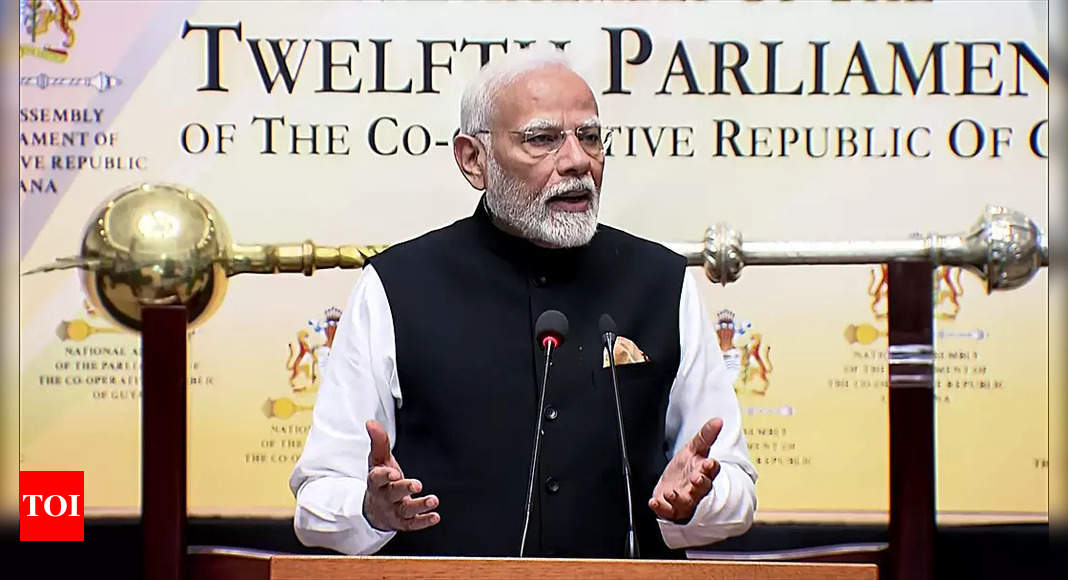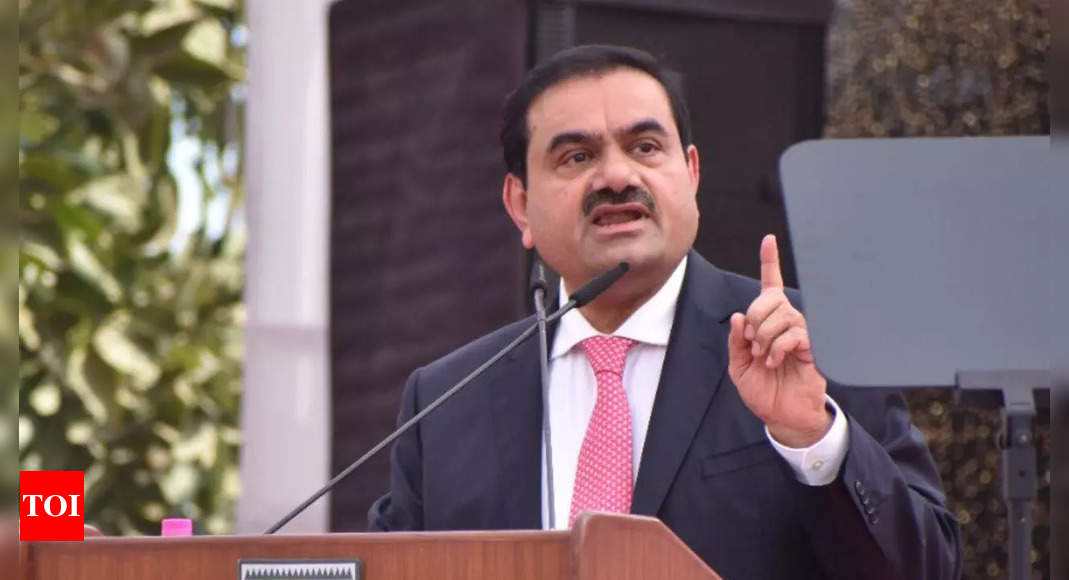
The survey, conducted from August 23-29, showed former President Donald Trump and Vice President Kamala Harris virtually tied in Pennsylvania, each receiving 47% support from likely voters. In Georgia, Harris held a slight edge over Trump, leading 48%-47%. According to the Post, with 35 electoral votes up for grabs in these two states, their outcomes could be pivotal in the closely contested race.
In the 2020 election, President Biden won Pennsylvania by a slim 1.2% and Georgia by an even narrower 0.23%, highlighting the significance of these states in the upcoming election.
The poll also indicated Harris was leading Trump in Michigan (48%-43%) and Wisconsin (50%-44%), with both gaps exceeding the poll’s margin of error. In Michigan, independent Robert F. Kennedy Jr., who endorsed Trump last month, drew 4% support despite his campaign suspension and difficulties removing his name from the ballot.
Trump maintained a lead in Arizona, where he garnered 49% of likely voter support compared to Harris’ 44%. Meanwhile, Harris had a narrow lead in Nevada, leading Trump 48%-47%.
The poll was conducted following the Democratic National Convention, which many saw as Harris’ first major opportunity to make an impact. However, the results suggested she had yet to establish a clear advantage over Trump in these key states.
The upcoming debate between Harris and Trump, scheduled for September 10 in Philadelphia, represented a crucial opportunity for either candidate to gain ground. The poll also highlighted that between 11% and 15% of likely voters across states were still open to changing their vote.
Republican groups were preparing to spend over $110 million on advertising in Pennsylvania and Georgia by the end of the year, the highest amount in any battleground state. Trump campaign adviser Brian Hughes expressed confidence in their prospects, stating, “In Pennsylvania and Georgia, we see polling averages showing President Trump leading close races in both. On the ground, we feel strong momentum building for the final stretch. With the GOP unified behind President Trump and a broadening coalition of Democrats and Independents joining us, it’s clear that we are poised to win these crucial battleground states.”
The CNN/SSRS poll sample sizes ranged from 676 likely voters in Arizona to 967 in Wisconsin, with margins of error between 4.4% and 4.9%.
In the 2020 election, President Biden won Pennsylvania by a slim 1.2% and Georgia by an even narrower 0.23%, highlighting the significance of these states in the upcoming election.
The poll also indicated Harris was leading Trump in Michigan (48%-43%) and Wisconsin (50%-44%), with both gaps exceeding the poll’s margin of error. In Michigan, independent Robert F. Kennedy Jr., who endorsed Trump last month, drew 4% support despite his campaign suspension and difficulties removing his name from the ballot.
Trump maintained a lead in Arizona, where he garnered 49% of likely voter support compared to Harris’ 44%. Meanwhile, Harris had a narrow lead in Nevada, leading Trump 48%-47%.
The poll was conducted following the Democratic National Convention, which many saw as Harris’ first major opportunity to make an impact. However, the results suggested she had yet to establish a clear advantage over Trump in these key states.
The upcoming debate between Harris and Trump, scheduled for September 10 in Philadelphia, represented a crucial opportunity for either candidate to gain ground. The poll also highlighted that between 11% and 15% of likely voters across states were still open to changing their vote.
Republican groups were preparing to spend over $110 million on advertising in Pennsylvania and Georgia by the end of the year, the highest amount in any battleground state. Trump campaign adviser Brian Hughes expressed confidence in their prospects, stating, “In Pennsylvania and Georgia, we see polling averages showing President Trump leading close races in both. On the ground, we feel strong momentum building for the final stretch. With the GOP unified behind President Trump and a broadening coalition of Democrats and Independents joining us, it’s clear that we are poised to win these crucial battleground states.”
The CNN/SSRS poll sample sizes ranged from 676 likely voters in Arizona to 967 in Wisconsin, with margins of error between 4.4% and 4.9%.









